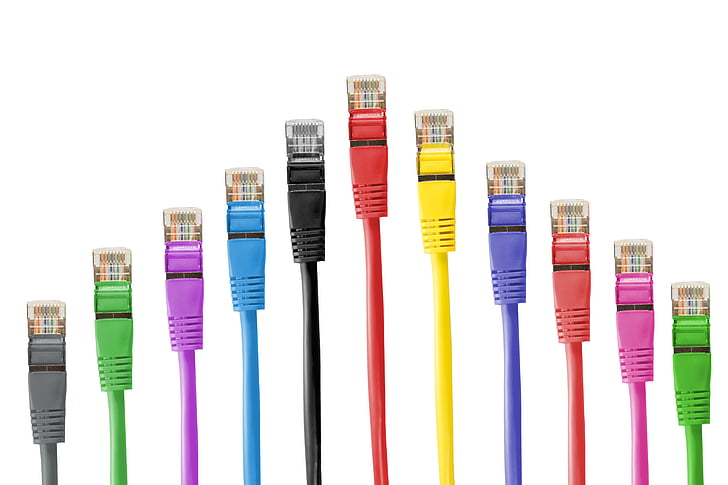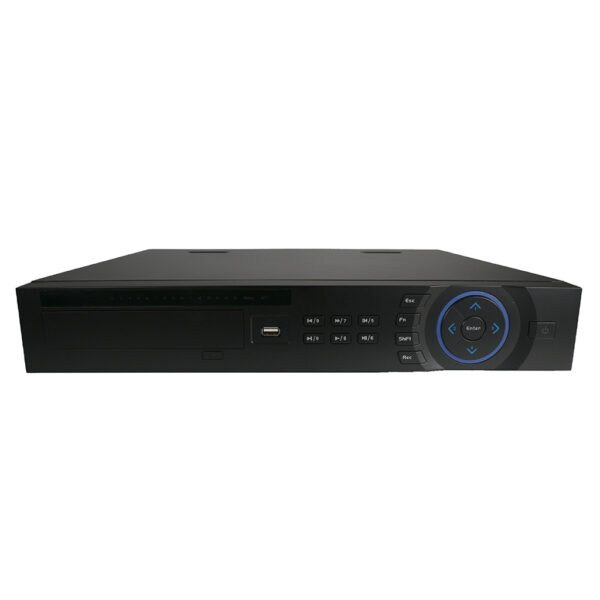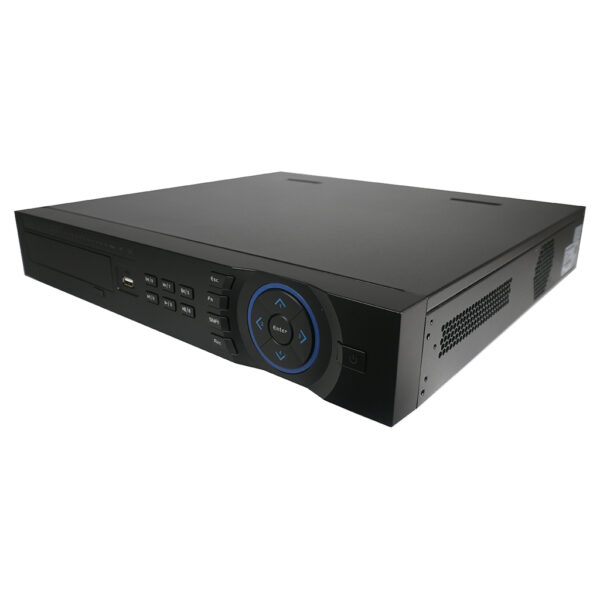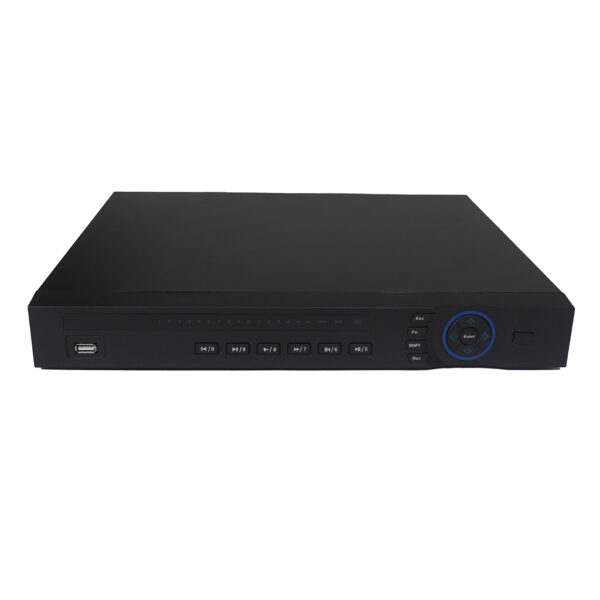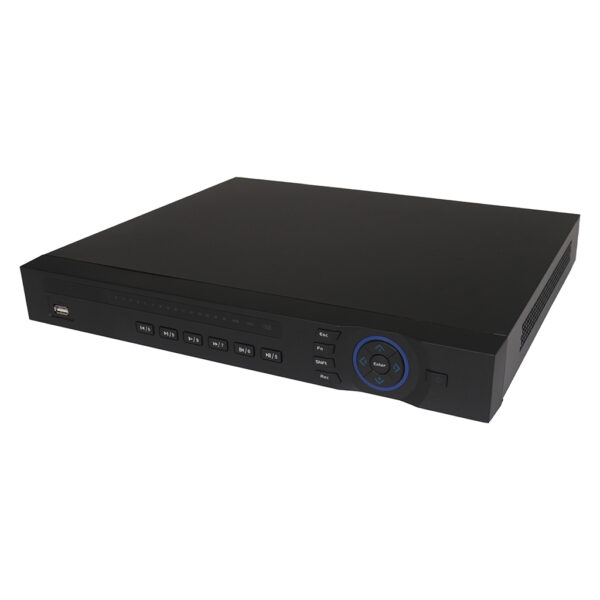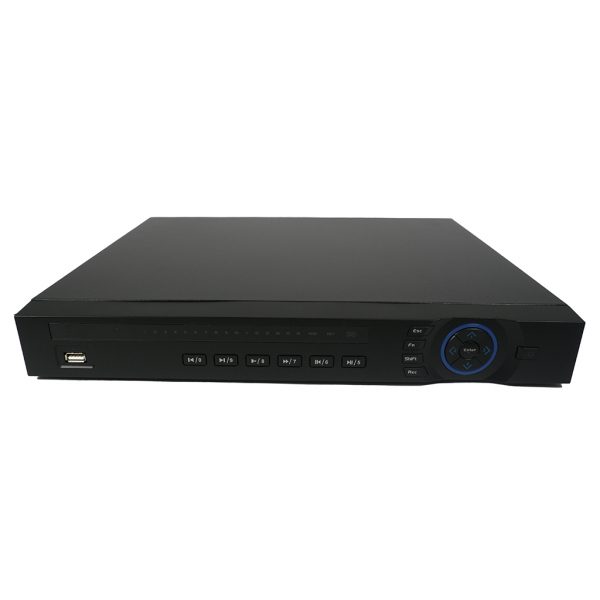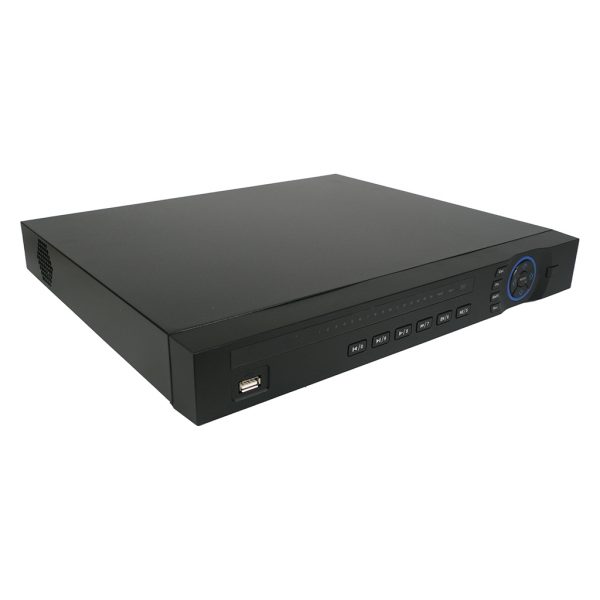When it comes to choosing the best Ethernet cable for security cameras, the two most commonly recommended options are Cat5e and Cat6 cables. Both have their own advantages and are suitable for different types of security camera setups. Let’s dive into the details to help you make an informed decision.
Cat5e (Category 5e) Cable
Overview: Cat5e is an enhanced version of the traditional Cat5 cable, designed to support higher data transfer speeds and reduced interference. It is widely used for IP camera systems and is a reliable choice for most security camera installations.
Specifications:
- Data Transfer Speed: Supports speeds up to 1 Gbps (Gigabit per second).
- Frequency: Handles frequencies up to 100 MHz.
- Maximum Distance: Can run up to 328 feet (100 meters) without signal degradation.
- Compatibility: Backward compatible with Cat5 and Cat5e devices.
Advantages:
- Cost-Effective: Generally cheaper than Cat6 cables.
- Sufficient for Most Needs: Provides ample bandwidth for standard security camera resolutions and frame rates.
- Ease of Installation: Widely available and easy to work with.
Applications:
- Ideal for residential, small commercial, and light industrial IP camera installations1.
- Suitable for systems that do not require extremely high data transfer rates or long cable runs.
Cat6 (Category 6) Cable
Overview: Cat6 is a higher-performance Ethernet cable compared to Cat5e, offering greater bandwidth and improved shielding against interference. It is an excellent choice for high-resolution IP cameras and future-proofing your security system.
Specifications:
- Data Transfer Speed: Supports speeds up to 10 Gbps (Gigabit per second).
- Frequency: Handles frequencies up to 250 MHz.
- Maximum Distance: Can run up to 328 feet (100 meters) for standard Ethernet applications. For 10 Gbps speeds, the maximum distance is 165 feet (50 meters)2.
- Compatibility: Backward compatible with Cat5e and Cat5 devices.
Advantages:
- Higher Performance: Provides better signal integrity and reduced crosstalk.
- Future-Proofing: Suitable for future upgrades and higher data rates.
- Better Shielding: Improved shielding against electromagnetic interference (EMI) and crosstalk.
Applications:
- Ideal for high-resolution IP camera systems, large commercial, and industrial installations1.
- Suitable for environments with higher electrical noise and longer cable runs.
Choosing the Right Cable
When deciding between Cat5e and Cat6 cables, consider the following factors:
- Current Needs: If your security camera system requires standard resolutions and frame rates, Cat5e should suffice. For higher resolutions and future upgrades, Cat6 is a better choice2.
- Cable Length: For cable runs longer than 165 feet, Cat5e may be more cost-effective since Cat6’s higher performance benefits are limited to shorter distances.
- Budget: Cat6 cables are generally more expensive than Cat5e. Evaluate your budget and the specific requirements of your security system.
Conclusion
Both Cat5e and Cat6 cables are reliable options for connecting security cameras. Cat5e is cost-effective and suitable for most standard installations, while Cat6 offers higher performance and future-proofing for more demanding setups1. Assess your specific needs, budget, and installation environment to choose the best Ethernet cable for your security camera system.
Related Products
Frequently Asked Questions (FAQ)
- What is the best Ethernet cable for security cameras? The best Ethernet cable for security cameras is typically Cat6. It offers higher performance and better shielding than Cat5e, ensuring reliable and high-speed data transmission for your security system.
- Can I use Cat5e cables for my security cameras? Yes, Cat5e cables can be used for security cameras and they support Power over Ethernet (PoE). However, Cat6 cables provide higher bandwidth and improved performance, making them a more future-proof choice for your security system.
- What are the advantages of using Cat6 cables for security cameras? Cat6 cables offer several advantages, including:
- Higher bandwidth (up to 10 Gbps over short distances)
- Better shielding to reduce crosstalk and interference
- Greater reliability for high-definition video streaming
- How do I choose the right Ethernet cable length for my security cameras? When selecting the right cable length, consider the maximum distance your Ethernet cable can run. For both Cat5e and Cat6 cables, the maximum distance without signal loss is 328 feet (100 meters). Ensure your cable is long enough to cover the distance between your camera and network equipment.
- Are there special considerations for outdoor Ethernet cables for security cameras? Yes, outdoor Ethernet cables should be weatherproof and UV-resistant to withstand exposure to the elements. Look for cables labeled for outdoor use or direct burial. Additionally, using conduit for added protection and proper grounding is recommended to avoid electrical issues.

